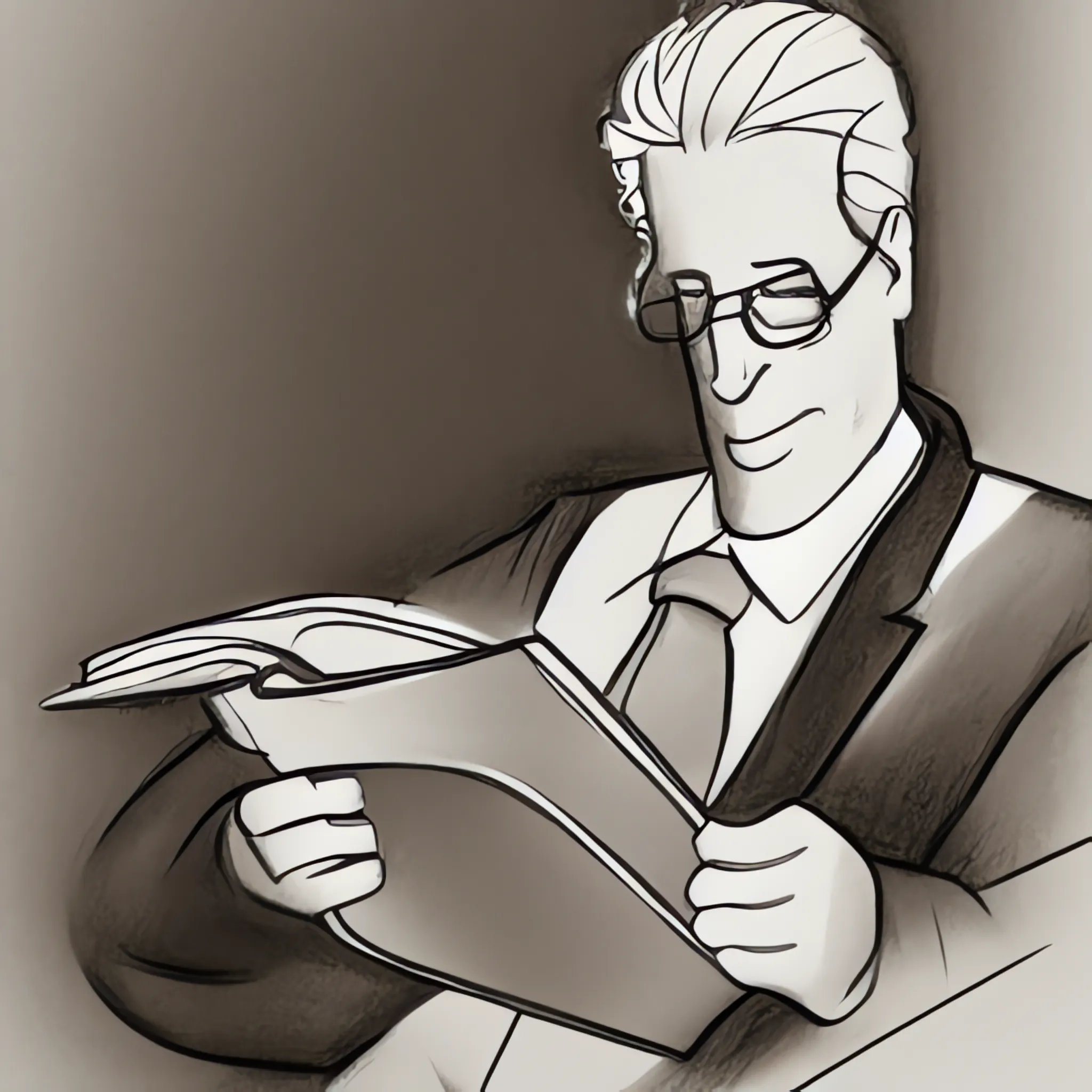What I liked was how the portrait of David Starr Jordan progressed, from hero to villain, leading to the final posthumous dispensation of justice that leads to the title of this book. The weaker parts for me were the personal philosophical musings about how to place yourself in a nihilistic universe. The attempts to link Jordan’s disturbing worldview with the author’s relationship troubles were muddy, and felt like a stretch. But I still enjoyed the breezy writing style and murder-mystery-like structure, the latter of which might remind some of podcasts, which makes sense considering the Lulu Miller’s Radiolab credentials.
A courtroom drama/murder mystery with plenty of plot twists and revelations, so much so that it’s almost not believable. I mainly appreciated the honest depiction of the Korean-American immigrant experience, and the challenging lives of parents of children with disabilities. There’s a huge gulf between entertaining the thought that your life might be better without your afflicted child, and actually murdering the child, but in the logic of a high-pressure “parents-must-be-saints” society, the former makes you guilty of the latter. This book does a good job of exposing the flaws in that logic.
The me of today would like to believe that the me of 10 years ago, i.e. the perpetually single me, would have felt kinship with Keiko Furukara, the protagonist of this book. She’s happily unattached, and bristles against all of the people around her who disapprove of her menial job and lack of relationship status.
On the other hand, if the me of 10 years ago had taken a different path, had not found a partner, who would the me of today be? I fear I might have ended up like the angry and deeply unpleasant Shiraha, Keiko’s foil. He is basically what we would call an incel, although I’m not sure if that label is meaningful in Japanese culture.
It’s a fine line between accepting yourself despite not fitting in, and blaming the world for not accepting you. I commend this book for putting me on both sides of that line.
A collection filled with the type of true crime article that I regularly save to Pocket. I probably wouldn’t recommend reading the book cover-to-cover, but I had to because it was a library loan. In my opinion, it would be better enjoyed by cherry-picking an article from time to time, when you’re in the mood for some moral indignation.
But beyond the morbid point-and-judge tone that’s typical of true crime, I do appreciate that Keefe offers empathy and compassion towards his so-called “rogues.” This is especially evident in my favourite article.
“Loaded Gun” explores the past of a mass shooter. Twenty years before the crime, she shot and killed her brother, in what may or may not have been an accident. I especially liked this article because Keefe inserts his first-person ruminations on the ambiguity of what happened, and what the ambiguity means.
The Star Trek vision of time travel usually involved restoring the “correct” timeline after some mishap, and preserving the way that things are “supposed” to be. In the time travel story of Paper Girls, the forces that support timeline preservation are painted as villains, and the act of changing history is seen as a charitable act, a sort of temporal wealth redistribution where the advances of the future are shared with the past. I don’t think I agree with the ethics of this position, but it was an interesting inversion of what I’ve seen before.
My favourite parts of the story involved the teenage girls meeting adult versions of themselves. Because of my age, I identified more with the “guest stars” than the main cast, and found myself wondering what I would say to my younger self. I kind of wish that Paper Girls had offered more answers to this question, beyond “Keep in touch with your friends.”
I was a fan of the TV show The Good Place, and this book dives deeper into the philosophical concepts behind that show’s exploration of morality. The subject matter is pretty dry and basic (I was familiar with much of it from taking a 100-level philosophy course in university), but the author, who also created and ran the TV show, imbues his sitcom-honed sense of humour into it. A bonus if you’re listening to the audiobook: the Good Place cast comes along for the ride; a highlight is Ted Danson’s dramatic reading of chapter titles.
Interesting Books You’ve Read Recently
Interior Chinatown, In the Dream House, The Only Good Indians
Is it bad form to criticize a novel for its font?1 Don’t answer that, because I’m going to do it anyway. If you open and flip through Interior Chinatown by Charles Yu, you’ll see that the entire book is set in a Courier-like typewriter font. This choice supposedly makes the text appear like a screenplay, because the story is about a character, Willis Wu, who is… uh… a character in a TV show? Let me come back to that.
As you continue to flip through the pages of the book, you will next see that there are indeed sections of dialogue which are formatted like a screenplay, where the character name (in uppercase), and the lines that they speak (in lowercase), are centred on the page.
SPECIAL GUEST STAR
Right. I do.
LEE
Well, what are we waiting for? Let's go.
Footnotes
-
One of my favourite series of recent years, the Outline trilogy by Rachel Cusk, is typeset in Optima, a sans-serif which, while unusual and frankly not my favourite, did not detract from the experience of reading the prose. ↩
After my experience with Beijing Confidential, I felt compelled to expose myself to writing about China by native and contemporary authors. China in Ten Words wasn’t exactly what I was looking for—I wanted more focus on modern China, i.e. what is it like now—but it was still an enlightening read.
Each of the ten essays in this collection is a meditation on a Chinese phrase, which are all shown on the cover, in case you’re too lazy to open to the table of contents.

I was a bit impatient through the first half of the book, which deals with the author’s childhood during the Cultural Revolution in the 1960’s. It covers ground that doesn’t feel new to me because of my time with other books. I wanted him to get to the present day, which he does indeed do towards the second half. I would say that the earlier parts of the book do lay an important foundation for the rest of it, because as a whole, the book can be seen as a compare-and-contrast exercise between the time of Mao’s rule and today.
In one memorable passage, Yu describes an incident during his childhood, when he and some other kids enacted vigilante justice against a man who was illegally trading food stamps. The kids physically assaulted the man, but the man didn’t retaliate; instead, he broke down and cried in remorse.
In contrast, Yu recounts a story from more recent times, where an unlicensed street vendor stabbed and killed a government official who was trying to enforce the rules by shutting down the shop.
Yu sees this as a breakdown in the morality of the country. He seems almost nostalgic for the black-and-white authoritarianism of Mao’s day, as opposed to the everyone-for-themselves mentality of today. He acknowledges the brutality of the past, especially for the violent acts of his youth, but suggests that there was some value in unity, where everyone agrees what’s right and wrong. The man that Yu and the other kids assaulted didn’t retaliate because he knew he was breaking the rules.
So China moved from Mao Zedong’s monochrome era of politics-in-command to Deng Xiaoping’s polychrome era of economics above all. “Better a socialist weed than a capitalist seedling,” we used to say in the Cultural Revolution. Today we can’t tell the difference between what is capitalist and what is socialist—weeds and seedlings come from one and the same plant.
- Yu Hua
Personally, I’ve seen this attitude from the older generations of my family, who seem to believe that obedience is paramount. I don’t always agree, but I’ve been trying to recognize where they’re coming from. This book has further enlightened me to the differences between the two cultures that I inhabit.






